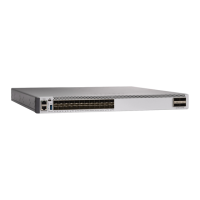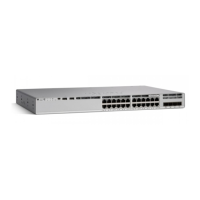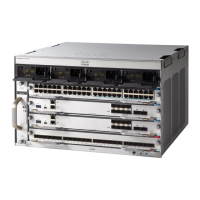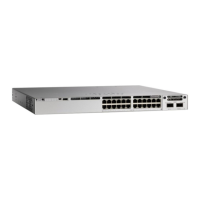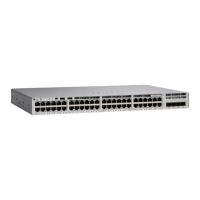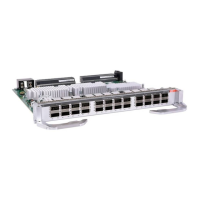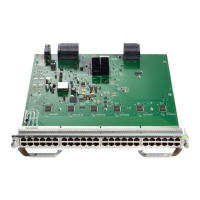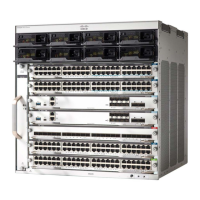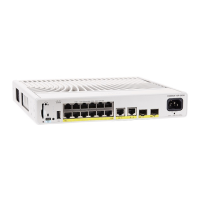PurposeCommand or Action
Enters interface configuration mode, and
specifies the interface to configure.
interface interface-id
Example:
Device(config)# interface gigabitethernet
1/0/1
Step 3
Enables RIP authentication.
ip rip authentication key-chain name-of-chain
Example:
Device(config-if)# ip rip authentication
key-chain trees
Step 4
Configures the interface to use plain text
authentication (the default) or MD5 digest
authentication.
ip rip authentication mode {text | md5}
Example:
Device(config-if)# ip rip authentication
mode md5
Step 5
Returns to privileged EXEC mode.end
Example:
Device(config)# end
Step 6
Verifies your entries.show running-config
Example:
Device# show running-config
Step 7
(Optional) Saves your entries in the
configuration file.
copy running-config startup-config
Example:
Device# copy running-config
Step 8
startup-config
Configuring Summary Addresses and Split Horizon
In general, disabling split horizon is not recommended unless you are certain that your application requires
it to properly advertise routes.
Note
If you want to configure an interface running RIP to advertise a summarized local IP address pool on a network
access server for dial-up clients, use the ip summary-address rip interface configuration command.
Routing Configuration Guide, Cisco IOS XE Everest 16.6.x (Catalyst 9500 Switches)
85
Configuring IP Unicast Routing
Configuring Summary Addresses and Split Horizon
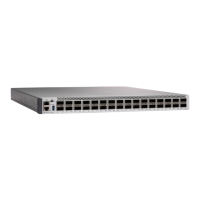
